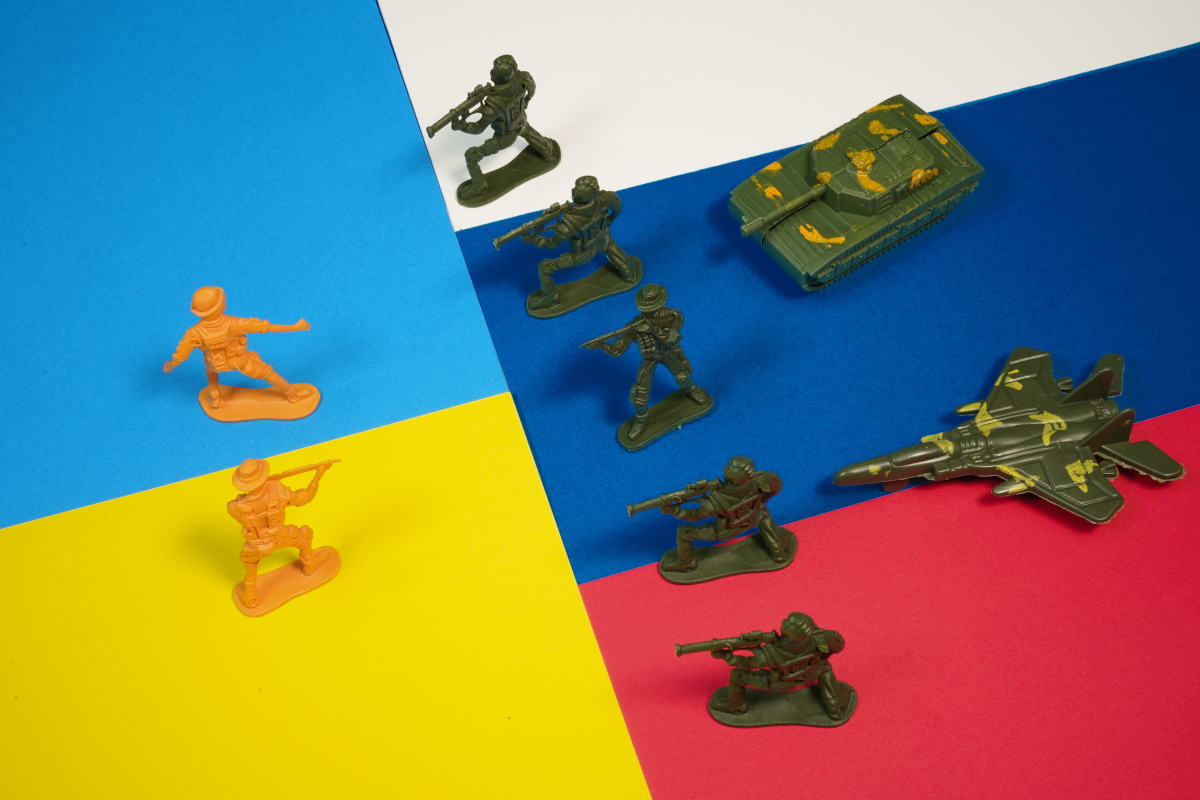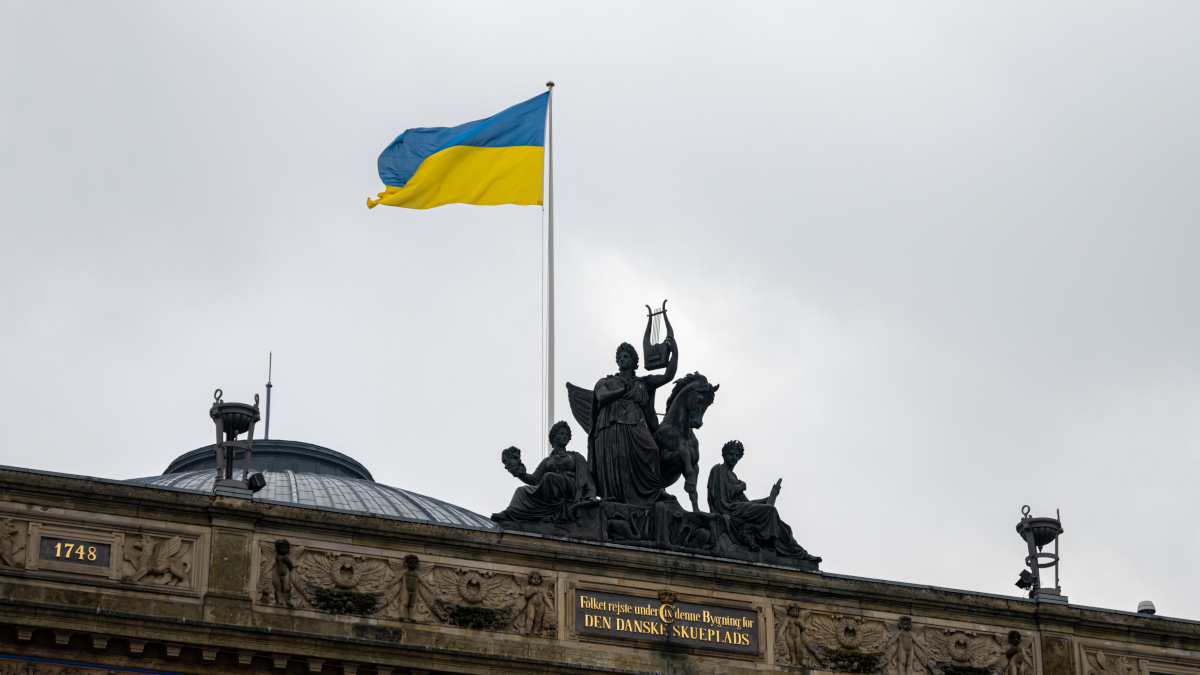
Easter in Ukraine
April 12, 2023
Key Points from “The journey from Russian invasion to Ukrainian victory: mission (im)possible?” by Luke Harding
May 3, 2023The origins of the ongoing conflict are not recent; in fact, it dates back to 800 years ago and has been recurring ever since with strikingly similar patterns. The roots of this conflict can be traced back to 1223 when the united forces of Cumans and Rus, the ancient name of Ukraine, lost a battle against the Mongols on the Kalka River. This marked the beginning of a series of conquests by the Golden Horde, including the fall of Moscow and Kiev, which was one of the most powerful states of its time.
In the 1240s, Rus King Danylo sought military help from the Pope against the Golden Horde, but no one joined the crusade. As a result, Danylo had to negotiate with the Horde and agree to “demilitarisation” and the destruction of fortresses built to defend against them. Rus had to pay tribute to the Horde for 80 years and even had to fight against other countries as part of the Horde.
Rus later became part of the Grand Duchy of Lithuania, and the Golden Horde was pushed out. In the following centuries, Moskovia invaders were constantly beaten by the united forces of Lithuanians, Ukrainians, and Poles, with help from the Crimean Tatars.
However, in the 17th century, Ukrainian cossacks had a war with Poland and agreed to a military alliance with Moskovia, which proved to be a grave mistake. Ukraine was then divided between Poland and Moskovia, and then Poland was divided between Moskovia, Austria, and Prussia. Ukrainians ended up in Moskovia’s army, and the pattern continued with the country losing and regaining independence throughout the 20th century.
Ukraine declared independence in 1918, but lost it and was again divided between Poland and Russia. The cycle continued with Poland’s division between USSR and Germany, Germany’s division between Russia, US and UK, and Russia’s attempt at world dominance in the Cold War. History repeats in circles, and Ukraine’s independence in 1991 marked the beginning of the fourth cycle.
Russia’s aggression towards Ukraine threatens to escalate the conflict, with the possibility of Ukrainians being forced to fight as part of Russia’s army. However, Western countries can avoid a war on their lands by providing arms to Ukraine. While it may be costly, it is much cheaper than paying in blood. It is crucial to end this 800-year saga, and with collective effort, we can make it happen.


